The Tuscan-Emilian Apennine National Park consists of a stretch of the Apennine Mountains surrounded by forests, in an extraordinary geographical position. The Apennine Mountain range is located right in between the Po River Valley, the Mediterranean Sea and the rest of Europe.
The Apennine ridgeline, a sequence of peaks with altitudes that range between 1600 and 2000 meters, is the physical border between Emilia and Tuscany.
The National Park and its surrounding territory are truly unspoiled, as yet undiscovered by mass tourism.
With snowshoes, skis, by bike or on horseback: everyone can choose their own way of exploring these beautiful mountains. Here’s a list of what to do each season in the Apennine Park.
What to do
Colours in the Apennine Park vary with the seasons, and so do the activities the Park can offer . Here is a small guide.
Spring
Spring offers beautiful landscapes: the highest peaks are still snowy while the valleys are already green and dotted with the pink of the primroses and the yellow of the daffodils; torrents and rivers are particularly rich in water, creating suggestive waterfalls.
It is the perfect season for hiking, biking and visiting the villages and the many historic places within the Park.
Summer
During summer there are many initiatives and events, from food festivals to sporting and cultural events. It is the season of berries (strawberries, raspberries, blackberries and blueberries) that can be collected at the edges of paths.
Many routes can be travelled on horseback, and summer is the perfect season for that. If you want something more adventurous, every weekend, from the top of Cusna and Prampa Mountains, you can go hang-gliding or paragliding.
Another great option, both for children and adults, is the many adventure parks or “forest acrobatic routes”, such as Cerwood in the Reggio Emilia area and the Parco delle 100 avventure in the Parma area.
Autumn
Autumn in the Park is a season full of colours and flavours. The woods are filled with mushrooms, chestnuts and truffles: the perfect time for food festivals, where you can enjoy the many local products.
Furthermore, the mild climate still allows many outdoor activities, including climbing on the most complete rock gym of the Region: the Pietra di Bismantova.
Winter
Inside the Park there are several places specifically equipped for winter sports.
For alpine skiing, the ski resorts are Cerreto Laghi (with about 30 km of slopes of varying difficulty and a large covered skating rink), Febbio (with the “2000” slope that reaches the altitude that gives it its name, and a total of 25 km of slopes), Ventasso Laghi and Prato Spilla.
For cross-country skiing, the NeveNatura centre in Pianvallese, near Febbio, is a great spot, with a 3.5 km long cross-country skiing loop.
Snowshoe lovers can take part in the many excursions organized by the shelters and the Briganti di Cerreto cooperative, even at night with the full moon.
Three places to see:
-
- Pietra di Bismantova | Compared by Dante to the mountain of Purgatory, it is a rocky mountain with an unmistakable ship-shaped profile that stands out in the landscape of the Reggio Apennines. Its history and the very different environments that can be found along its paths make it a place worth visiting.
-
- The “schiocchi” of the Secchia | Local term that indicates that stretch of the torrent north of Cerreto Alpi, where the River Secchia flows between spectacular sheer slopes. The phenomenon, characteristic of this part of the Apennines, marks the course of many other torrents.
-
- Lago Santo Parmense | Among the numerous lakes in the area, the Lago Santo Parmense is the largest lake of glacial origin in the Northern Apennines. It can be reached from Lagdei via easy paths or by chairlift. Near the lake there’s the Rifugio Mariotti, where to find refreshment and overnight accommodation.
Recommended excursions
The area of the Northern Apennines is easily accessible thanks to a wide network of paths and trails.
Among the easiest walks we suggest the one that from Ventasso Laghi goes up through the beech forest to the Lago Calamone (in 10 min). From here, it goes on to the moorland of Lago Verde, through the grasslands under Mount Ventasso. From the lake you can reach the summit in an hour and a half round-trip walk. A variation of the route leads to Pratizzano, a vast plain between meadows and woods (+45 min).
In the Corniglio area, another easy walk is the one to the Piana Lagdei: from here the chairlift leads to Lago Santo Parmense, which you can walk around in about 30 minutes.
There are other interesting itineraries near the villages of Cerreto Laghi and Cerreto Alpi, like the one that leads to Lago Pranda and the surrounding lakes (from Cerreto Laghi, a circuit of about 1 h and 45 min) or, for the more daring ones, the path from the Pranda to the peak of Mount la Nuda (2 h), or the path that descends from Cerreto Alpi into the Schiocchi ravine, dug by the river Secchia (complete round-trip walk from Cerreto 2 h). In addition, the trail that leads to the Secchia springs starts from the Cerreto pass (45 min).
Another beautiful route, in the area of Villa Minozzo, is the ring route that starts and finishes in the Springs of Poiano, the main carsic springs of Emilia-Romagna. Along the way, it is possible to admire the majestic walls of the Triassic gypsums of the Secchia river.
The ridge of the park is also walkable following the first stages of the Alta Via dei Parchi, the long itinerary in 27 stages that crosses the Apennines between Emilia-Romagna, Tuscany and Marche.
Visitor centers
The regional headquarters of the Park is located in Ligonchio (RE); in addition, there are many visitor centers in Emilia Romagna (Ramiseto, Collagna, Civago, Ligonchio, Sologno, Ramiseto and Corniglio) where you can receive all the information you need to fully enjoy this territory.
How to get there
The park is easily accessible by car, thanks to its proximity to major cities such as Bologna, Florence, Genoa and Milan. Here are the directions on how to get there.
Author
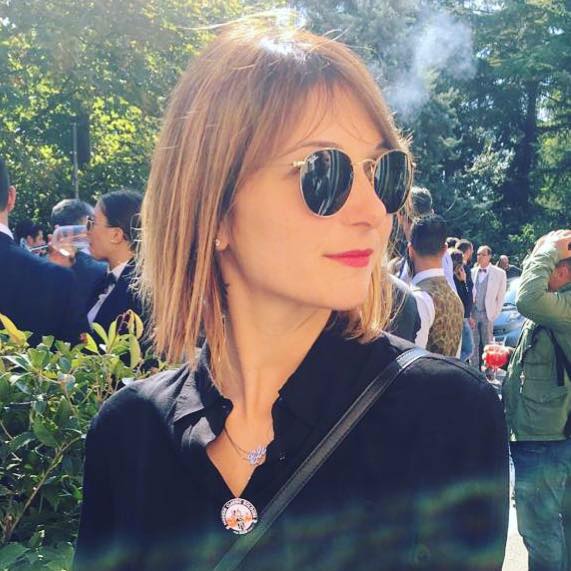
Elisa Mazzini
Social Media Manager for @inEmiliaRomagna and full-time mom.
You may also like
Cycle paths of the parks, cycling through nature in Emilia-Romagna
by Celestina Paglia /// July 23, 2018
Parks and thermal spas: a weekend of wellbeing
by Celestina Paglia /// September 21, 2020

Interested in our newsletter?
Every first of the month, an email (in Italian) with selected contents and upcoming events.
Visit the Tuscan-Emilian Appenines with a camper
by Davide Marino /// September 26, 2017
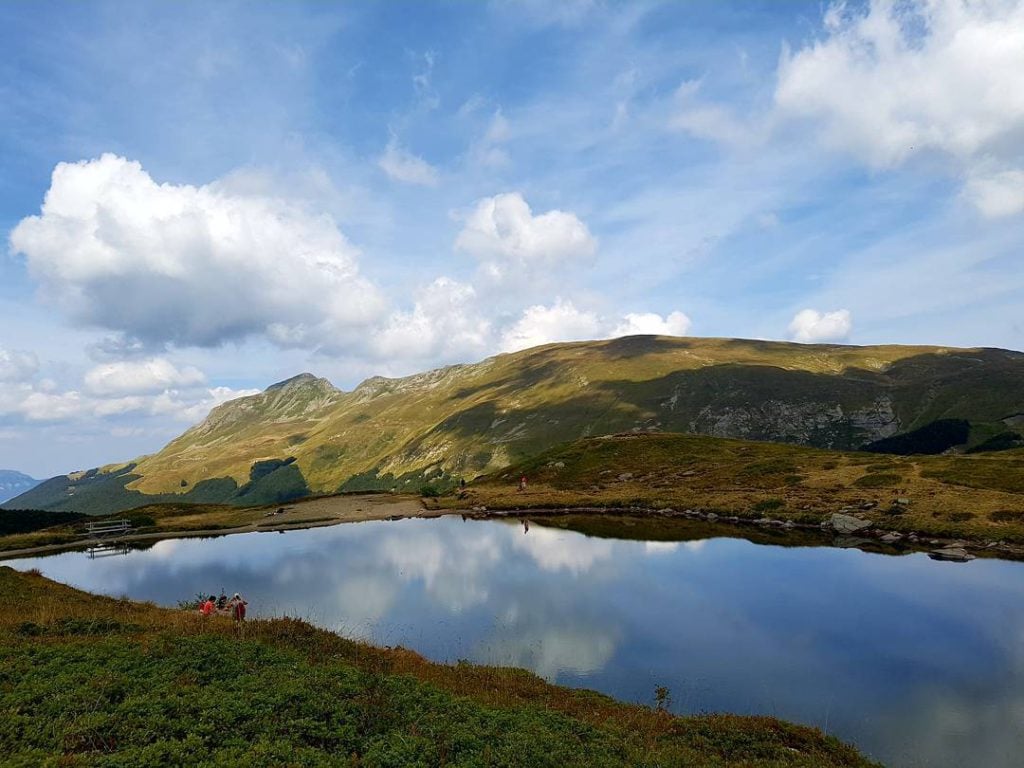
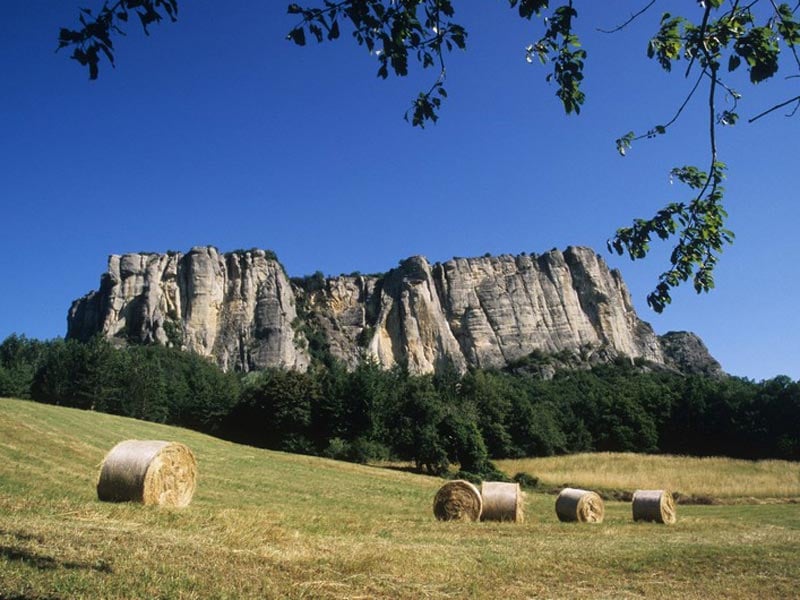
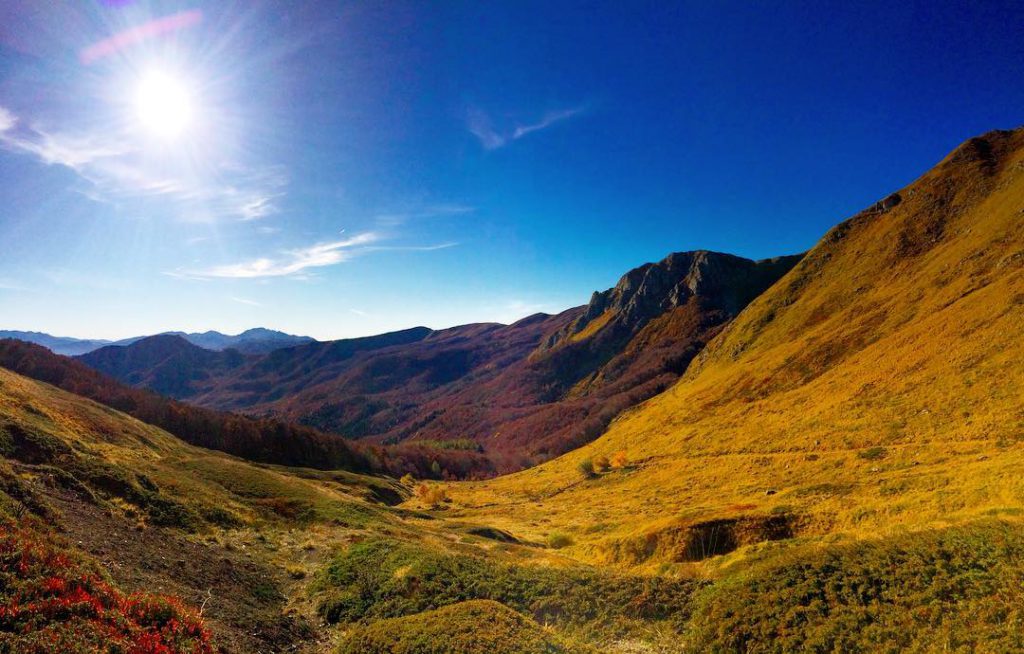
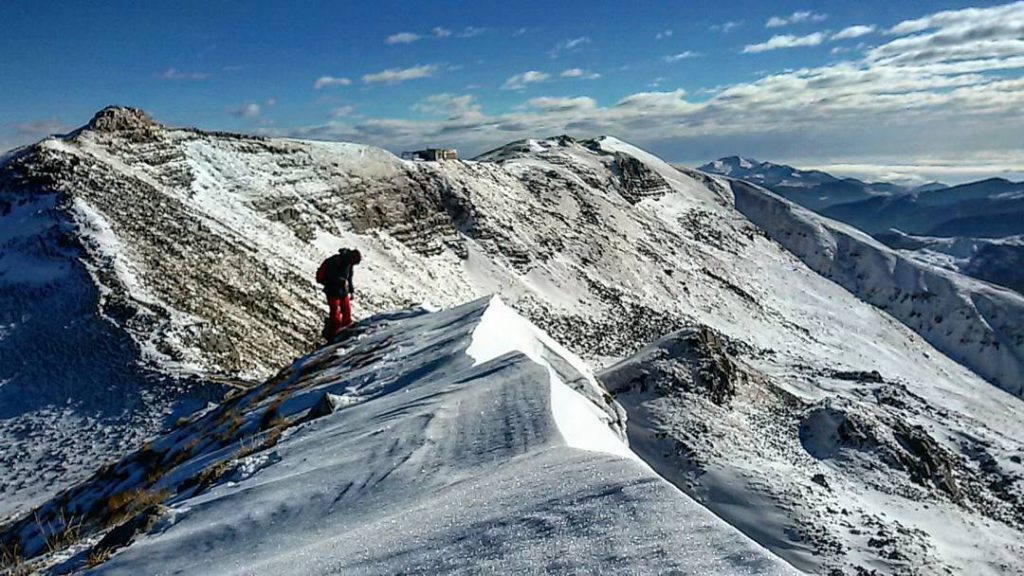
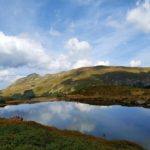
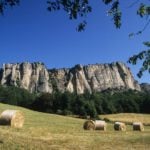
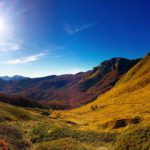
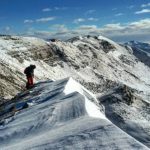
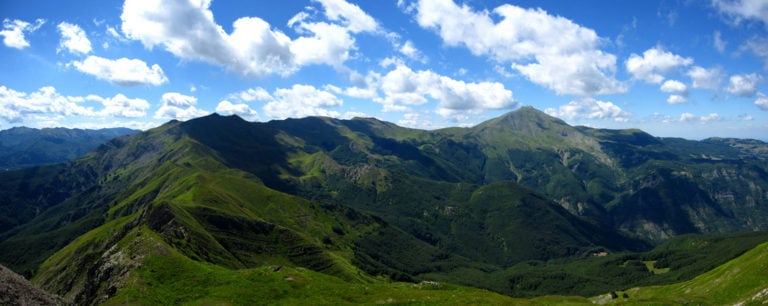
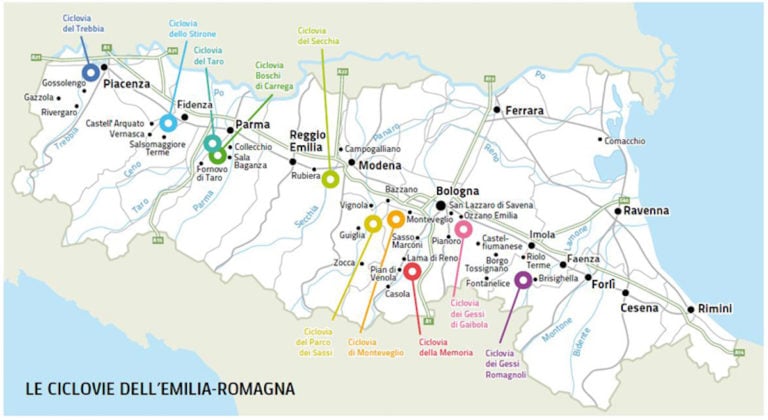
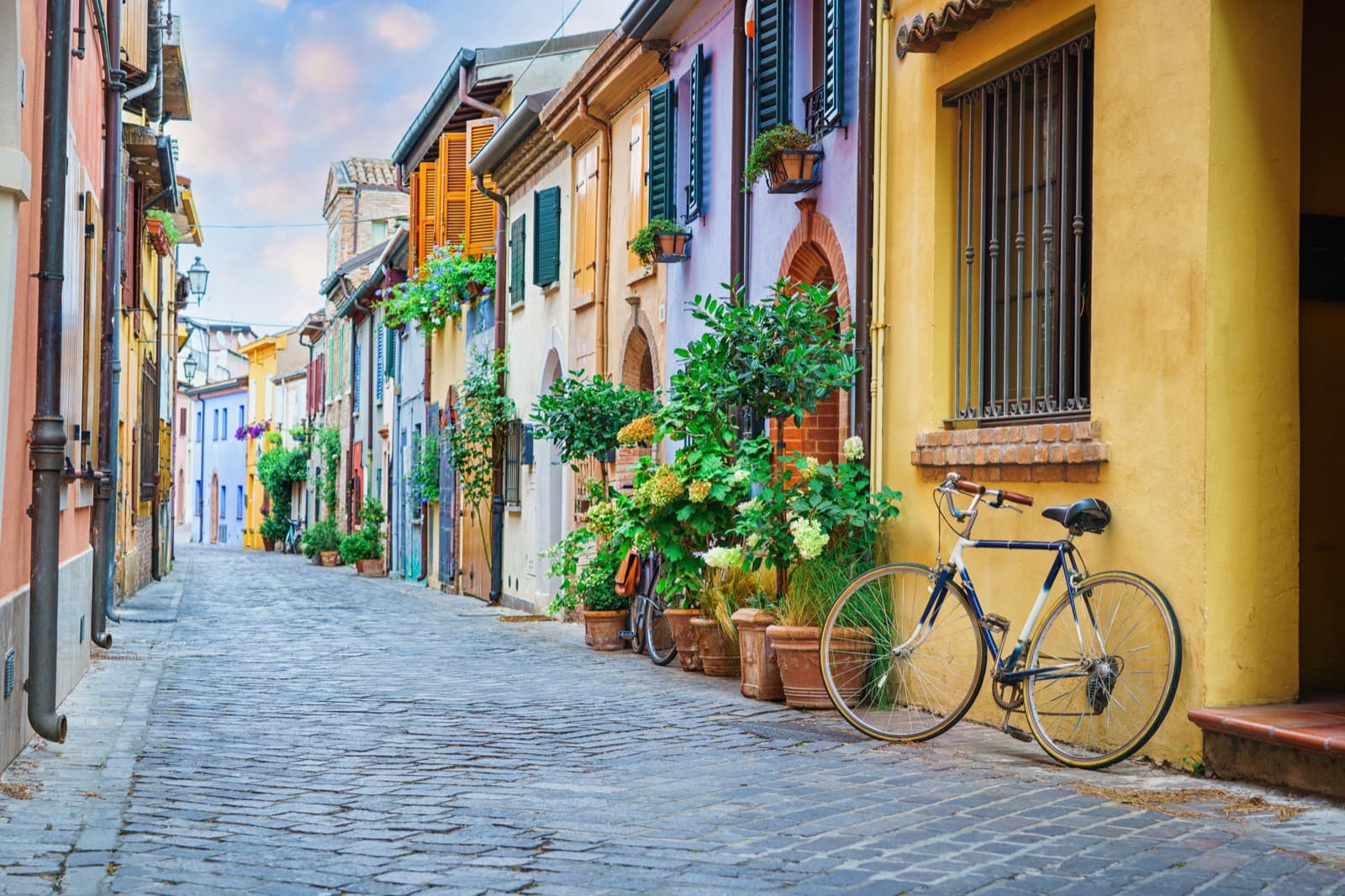
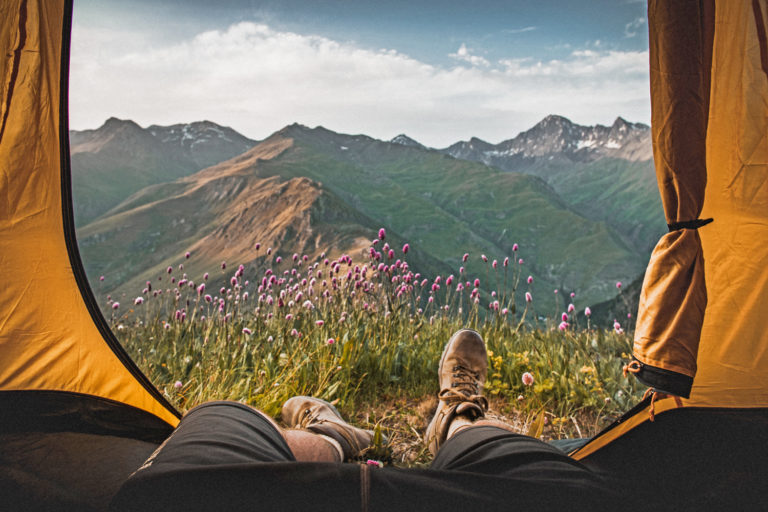
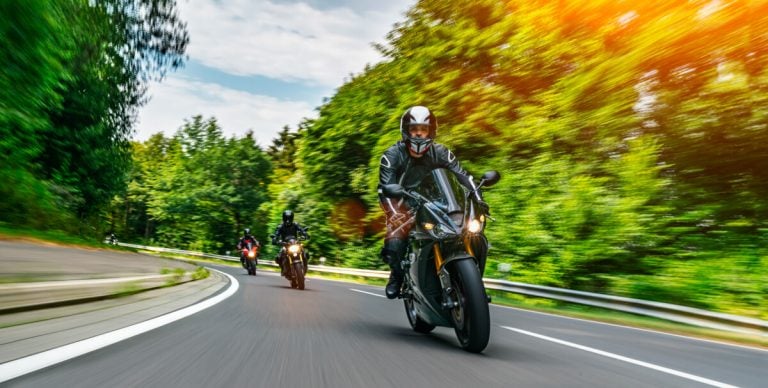
Marie Laurence Sokoloff
Les photos donnent très envie de partir à l aventure et de découvrir ces lieux magnifiques ! Une destination à prévoir dans un futur proche.